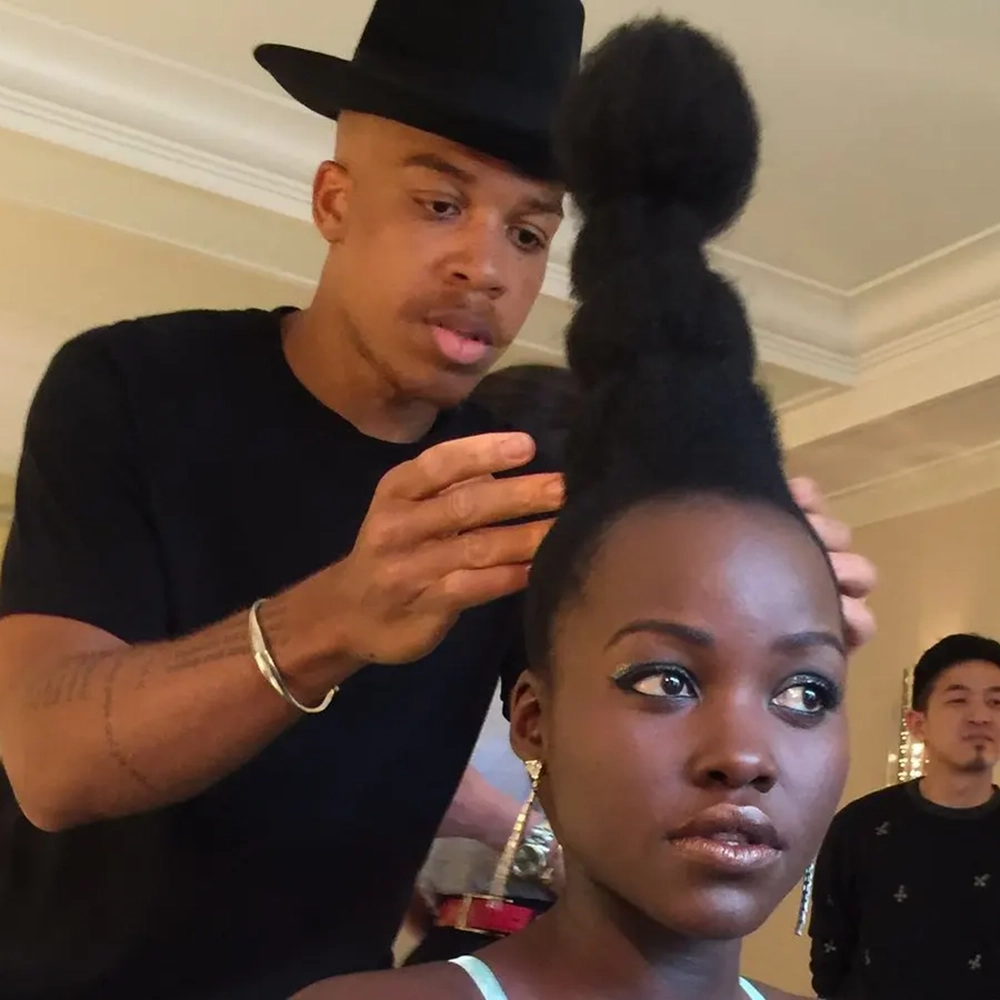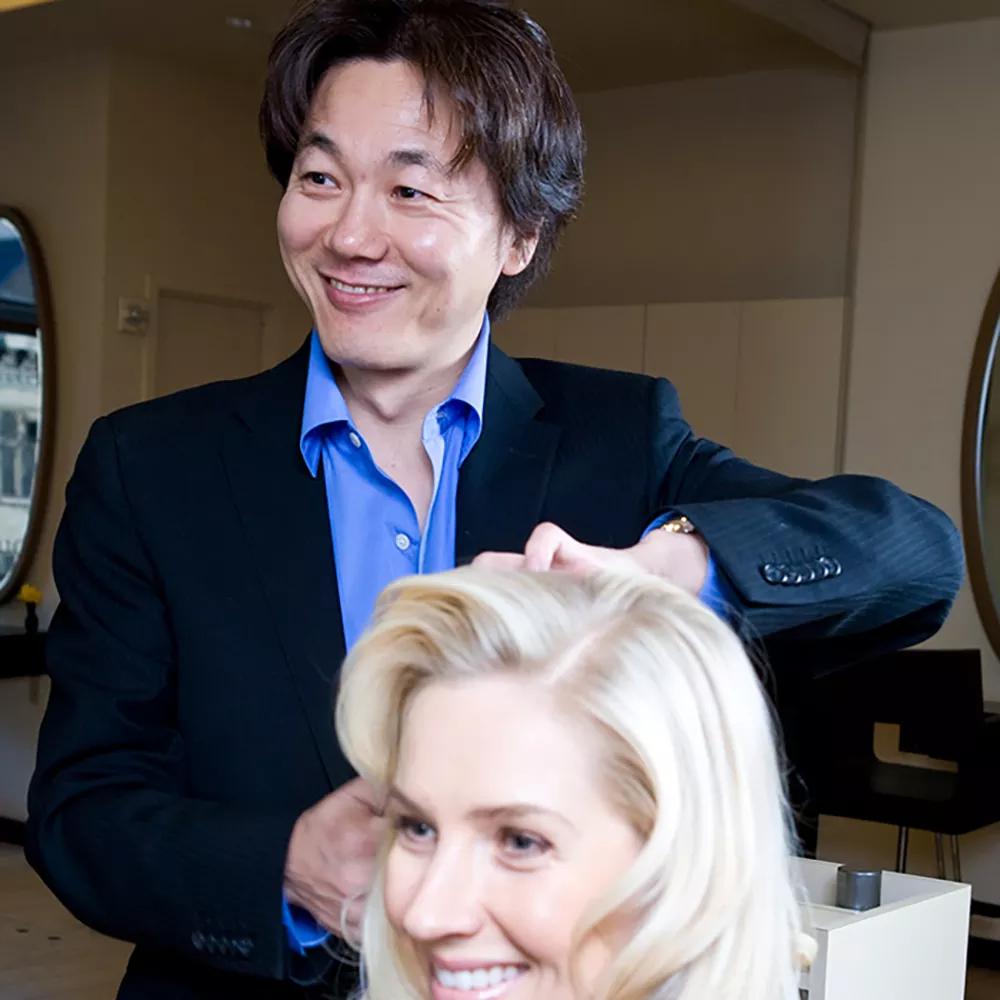The Difference Between Hair Stylists And Hair Artists
When it comes to hair care and styling, two terms often come up: hair stylist and hair artist. While some people may use these terms interchangeably, there are distinct differences between the two. Understanding these differences can help you make an informed decision when it comes to choosing the right professional for your hair needs.
Hair Stylists:
Hair stylists are professionals who specialize in styling and cutting hair. They are trained to create various hairstyles and haircuts that suit their clients’ preferences and facial features. Hair stylists often work in salons or other establishments that offer hair care services. They have a deep understanding of different hair types, textures, and styles. Hair stylists can provide services such as haircuts, blowouts, and styling for special occasions.
Hair Artists:
On the other hand, hair artists go beyond the traditional role of a hair stylist. They are individuals who use hair as a medium for artistic expression and creativity. Hair artists often work as freelancers or in high-end salons where they can showcase their artistic abilities. They possess a unique talent for creating intricate and avant-garde hairstyles that push the boundaries of traditional hairstyling. Hair artists are known for their ability to transform hair into a work of art, using various techniques such as coloring, braiding, and sculpting.
The Overlapping Skills:
While there are clear distinctions between hair stylists and hair artists, it’s important to note that there are also overlapping skills between the two. Both professionals need to have a solid foundation in fundamental hair care techniques, such as cutting, coloring, and styling. They also require a keen eye for detail and the ability to understand their clients’ needs and desires. Whether you choose a hair stylist or a hair artist, you can expect them to possess these essential skills.
Choosing the Right Professional:
So, how do you decide between a hair stylist and a hair artist? It ultimately depends on what you’re looking for. If you simply want a classic haircut or a stylish blowout, a hair stylist will be more than capable of meeting your needs. However, if you’re seeking an innovative and unconventional hairstyle that truly makes a statement, a hair artist would be your best bet. Consider your personal style, preferences, and the look you want to achieve when making your decision.
In conclusion
While the terms “hair stylist” and “hair artist” are often used interchangeably, there are significant differences between the two. Hair stylists specialize in styling and cutting hair to create flattering looks, while hair artists use their creativity and expertise to transform hair into unique works of art. Understanding these distinctions can help you choose the right professional for your specific hair needs and desired outcome.
Skills And Techniques Of Hair Stylists
Being a hair stylist is not just about cutting and styling hair. It requires a wide range of skills and techniques to deliver the best results to the clients. A skilled hair stylist must have a thorough knowledge of different hairstyles and haircuts, as well as the ability to understand the specific needs and preferences of each individual. They need to stay updated with the latest trends and techniques in the industry to offer innovative and trendy styles to their clients.
One of the key skills of a hair stylist is the ability to communicate effectively with their clients. They need to actively listen to their client’s ideas and desires, and provide suggestions and advice based on their expertise. Good communication skills help build trust and establish a strong rapport with the clients, ensuring a successful salon experience.
Table: Different Skills and Techniques of Hair Stylists
| Skill/Technique | Description |
|---|---|
| Haircutting | A hair stylist should be able to perform various types of haircuts, from basic trims to complex layered cuts. |
| Coloring | They should have expertise in hair coloring techniques, including highlights, balayage, and ombre. |
| Styling | They should be skilled in creating different hairstyles, such as updos, curls, braids, and sleek styles. |
| Product Knowledge | A hair stylist needs to have a deep understanding of various hair products, including shampoos, conditioners, and styling products to recommend the best ones for their clients. |
| Client Consultation | They should know how to effectively consult with clients to understand their expectations, hair type, and lifestyle, in order to provide personalized recommendations. |
In addition to technical skills, hair stylists should also possess excellent time management and organizational skills. They must be able to efficiently manage their schedule, ensuring that each client is given the proper attention and the salon operates smoothly. A well-organized hair stylist can handle multiple appointments without compromising the quality of their work.
Furthermore, hair stylists should continuously improve their skills through regular training and professional development. Attending workshops, seminars, and industry events allows them to stay current with the latest techniques, trends, and products. Continuous learning enhances their expertise and enables them to provide exceptional services to their clients.
In conclusion, the skills and techniques of hair stylists extend beyond the act of cutting and styling hair. It requires effective communication, a wide range of technical skills, product knowledge, client consultation, time management, and a commitment to continuous learning. These skills combined create a well-rounded hair stylist who can deliver outstanding results and ensure client satisfaction.
The Creative Process Of Hair Artists
The Creative Process of Hair Artists
As hair fashion continues to evolve and transform, the role of hair artists has become increasingly prominent. Unlike traditional hair stylists, hair artists are known for their innovative and creative approach to hairstyling. They are not only skilled in providing trendy haircuts and hairstyles but are also adept at pushing the boundaries of conventional hairstyling techniques. The creative process of hair artists is a fascinating journey that involves meticulous planning, artistic vision, and innovative techniques.
Planning and Consultation: The creative process of hair artists begins with thorough planning and consultation with their clients. During this initial phase, they carefully listen to their clients’ hair goals, preferences, and lifestyle. It is crucial for hair artists to understand their clients’ unique features, hair texture, and face shape in order to create a personalized and flattering look. Through detailed discussions, hair artists gather inspiration, visualize the desired outcome, and develop a plan to achieve the perfect hairstyle.
Inspiration and Artistic Vision: The true essence of a hair artist lies in their ability to transform their artistic vision into reality. They draw inspiration from various sources such as fashion magazines, runway shows, art exhibitions, and even nature. The creative process involves combining different elements, textures, and colors to create a unique and visually appealing hairstyle. Hair artists constantly challenge themselves to think outside the box and experiment with innovative techniques to create cutting-edge styles that reflect their clients’ individuality.
Technical Expertise and Skill: While creativity plays a pivotal role in the creative process, hair artists also possess exceptional technical expertise and skill. They are well-versed in the latest trends, tools, and techniques of hairstyling. From intricate braiding to avant-garde color placements, hair artists utilize their knowledge and expertise to execute their artistic vision with precision. They meticulously analyze hair textures, work with various products, and master the art of using hairstyling tools to bring their creations to life.
Continual Learning and Adaptability: The creative process of hair artists is an ongoing journey of learning and adaptation. They recognize the importance of staying updated with the latest trends and techniques in order to provide exceptional services to their clients. Hair artists attend professional development workshops, seminars, and even participate in hairstyling competitions to refine their skills and expand their artistic repertoire. This commitment to continual learning allows them to adapt to ever-changing trends and cater to the diverse needs of their clients.
The Role of Clients: The creative process of hair artists is a collaborative effort between the artist and the client. Effective communication is key to achieving the desired outcome. Clients must trust and provide constructive feedback to their hair artist, allowing them to make necessary adjustments during the creative process. This partnership ensures that the final result is not only visually stunning but also aligns with the client’s personal style and preferences.
In conclusion, the creative process of hair artists goes beyond traditional hairstyling techniques. It is a fusion of artistry, technical expertise, and client collaboration. Their ability to transform hair into a masterpiece is a testament to their creativity and skill. So, the next time you visit a hair artist, appreciate the intricate and thoughtful process that goes into creating your perfect hairstyle.




































